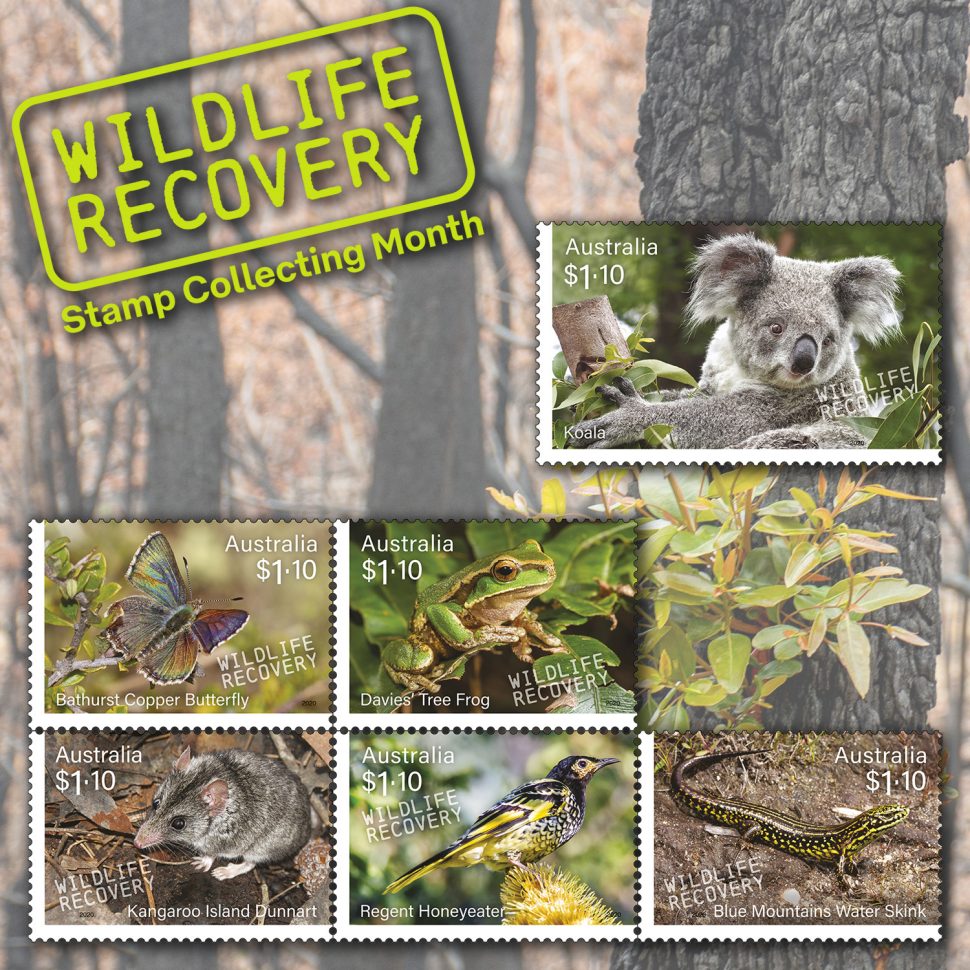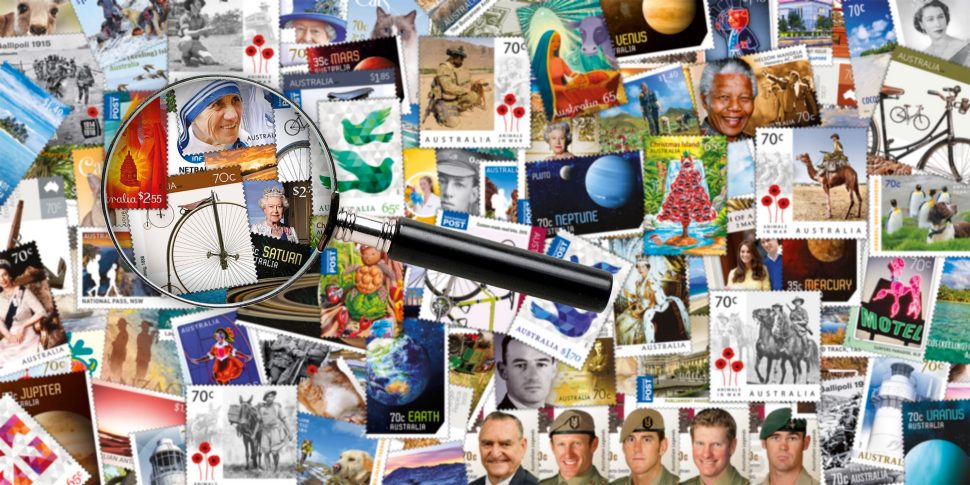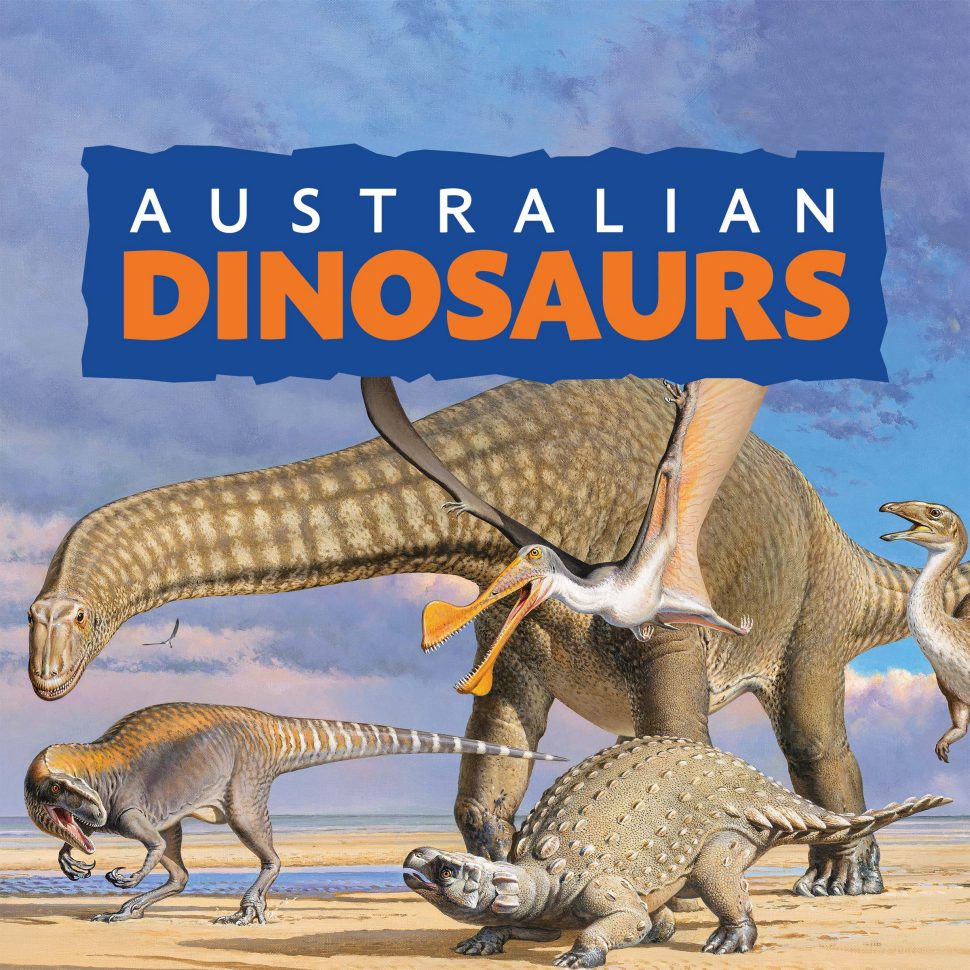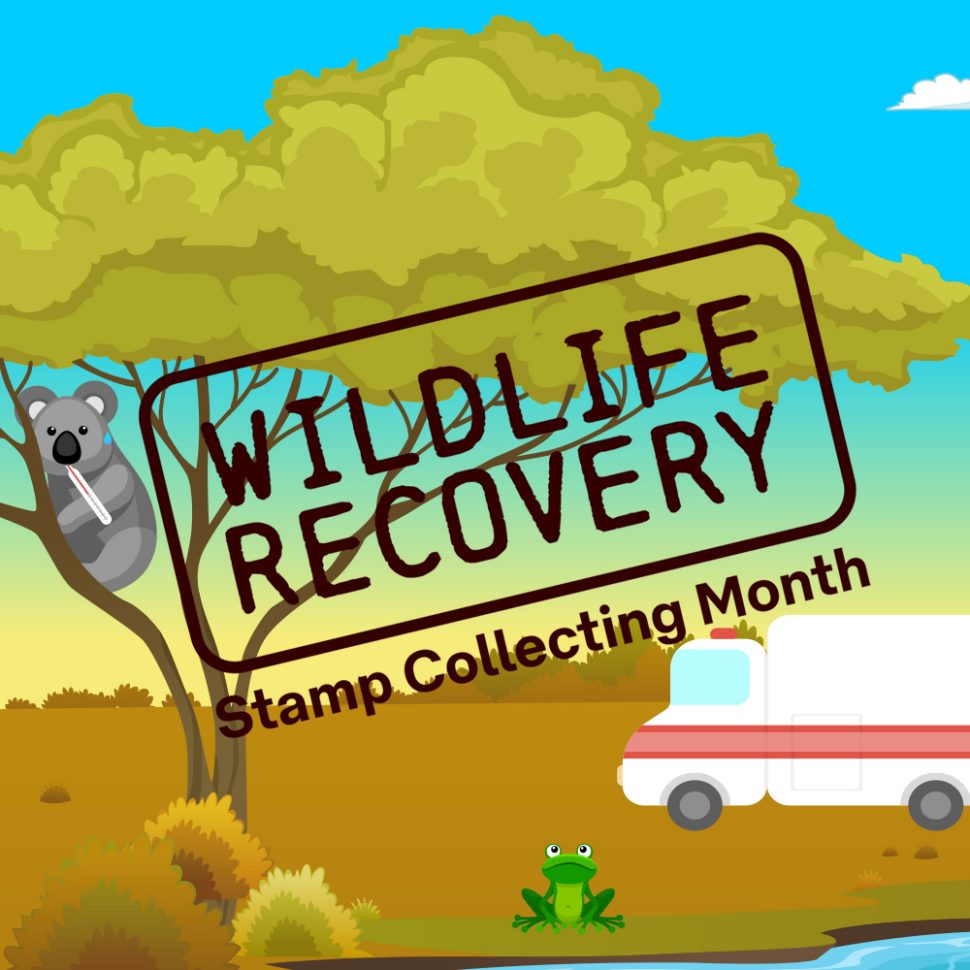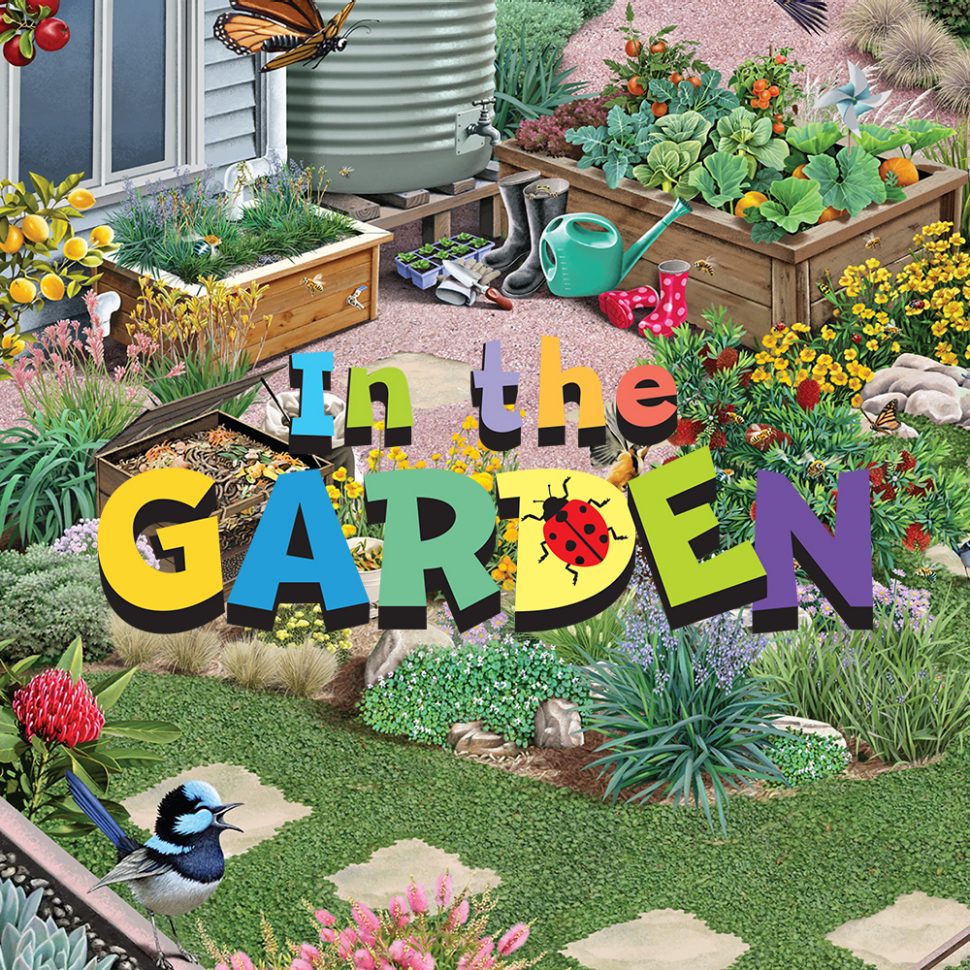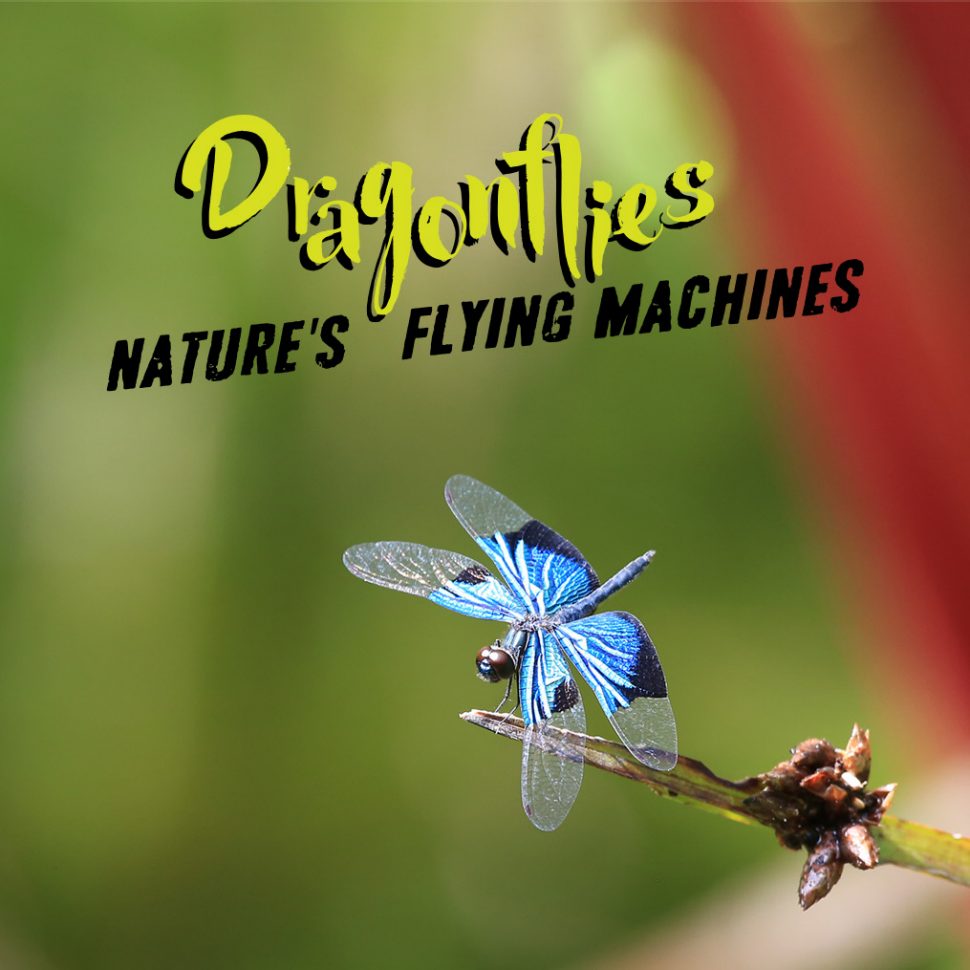
Australia does not have a good record when it comes to extinctions, which is why wildlife conservation is so important. Many native animal species have gone for good, with the Tasmanian Tiger perhaps being our well-known loss. There are many reasons for extinction, such as habitat destruction (loss of an animal’s home environment), introduced predators (animal species from elsewhere that kill native wildlife or force it out of its home territory), land use and climate change. The devastating bushfires that destroyed so much bushland last summer increased the risk to many species, with more than 300 threatened species directly in the path of the fires.
Wildlife conservation means taking action to protect animals and their habitats, and to help animals that are at risk to recover. As a result of the recent fires, the federal government’s Wildlife and Threatened Species Bushfire Recovery Expert Panel identified many animal species – currently 310 – across different groups (mammals, marsupials, reptiles, fish, insects etc.) in need of immediate help. They were recognised as being particularly at risk because of their level of endangerment before the bushfires; the extent to which their habitat has been burnt; and characteristics that make them particularly vulnerable to fire, such as being slow moving or dependent on moist environments.



